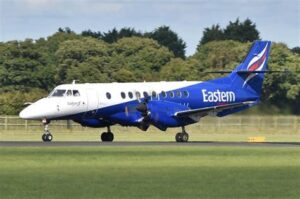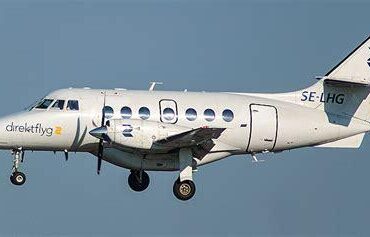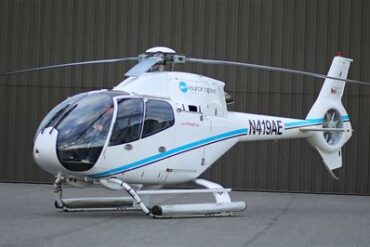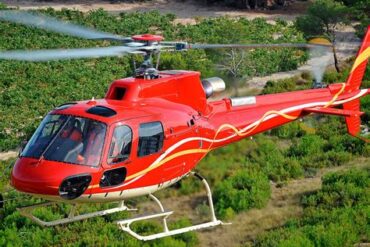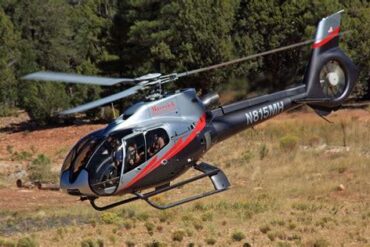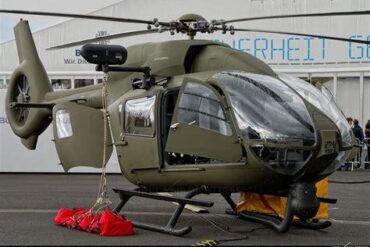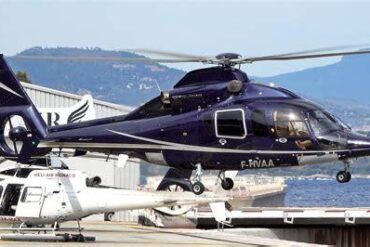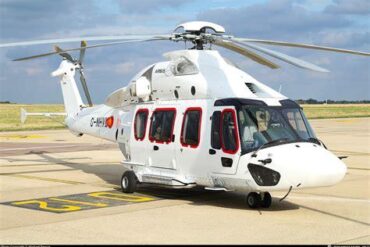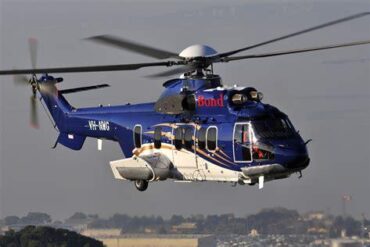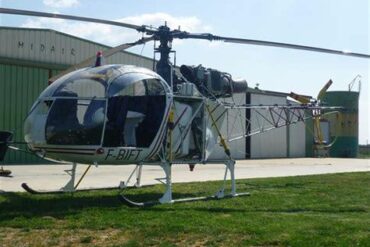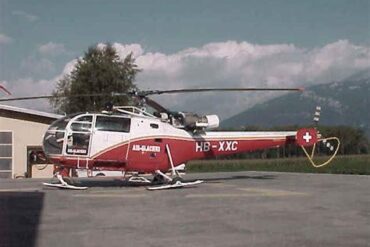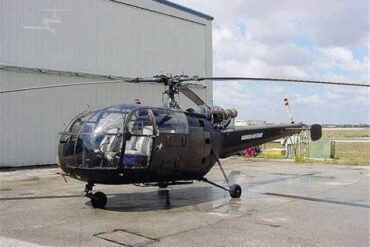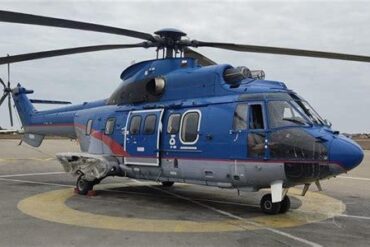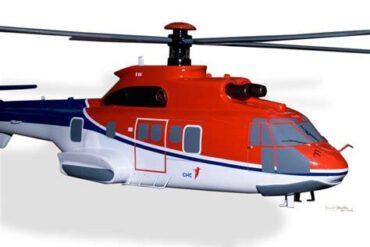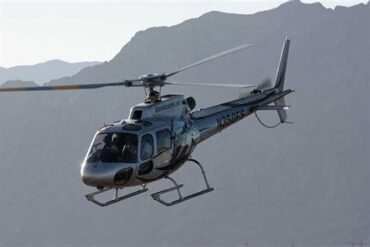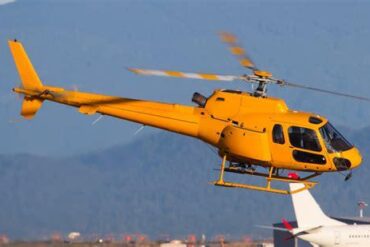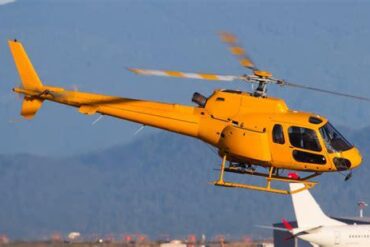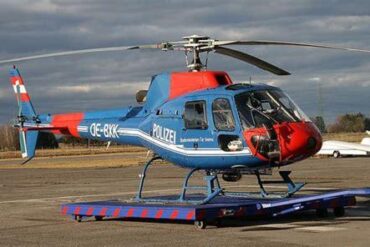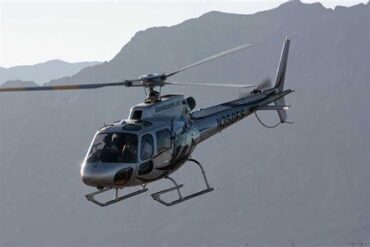The BAE Jetstream 41 (J41) is a regional turboprop airliner that has served various markets since its introduction in the early 1990s. Renowned for its reliability, efficiency, and comfort, the J41 has been a preferred choice for short-haul flights, particularly in regions with smaller airports. This article delves into the detailed price and operating costs associated with owning and operating a BAE Jetstream 41, providing a comprehensive overview for potential buyers and operators.
Acquisition Costs
Initial Purchase Price
The purchase price of a BAE Jetstream 41 can vary significantly depending on factors such as age, condition, and modifications. As of the current market, a used Jetstream 41 typically ranges between $1.5 million and $3 million. Aircraft that have undergone recent overhauls or upgraded avionics may command prices at the higher end of this spectrum. Buyers should consider that while the initial price is a substantial investment, the overall value of the aircraft, including its operational longevity and fuel efficiency, makes it a competitive option in the turboprop market.
Financing and Depreciation
When financing a BAE Jetstream 41, operators typically seek financing options from banks or specialized aviation lenders. Interest rates can vary but often fall between 4% and 6% annually. Depreciation is another key factor to consider, with the aircraft expected to depreciate at a rate of approximately 5% to 7% per year. However, this rate can vary depending on the condition of the aircraft, market demand, and usage.
Operating Costs
Fuel Costs
Fuel costs are a significant portion of the operating expenses for any aircraft, and the BAE Jetstream 41 is no exception. The J41 is powered by two Honeywell TPE331-14GR/HR engines, which are known for their fuel efficiency. On average, the Jetstream 41 consumes approximately 500 pounds of fuel per hour. Given the current average fuel price of $4.50 per gallon for Jet-A fuel, operators can expect to spend about $1,500 to $1,800 per hour on fuel, depending on flight conditions and efficiency.
Maintenance Costs
Maintenance is another crucial factor in the operating costs of the BAE Jetstream 41. Routine maintenance, including inspections and engine overhauls, is necessary to ensure the aircraft remains in peak condition. Scheduled maintenance, typically performed at intervals of 200, 400, and 800 flight hours, can cost anywhere from $300,000 to $500,000 annually. Unscheduled maintenance due to unexpected issues can add additional costs, though the J41’s reputation for reliability generally keeps these costs manageable.
Crew Salaries
Operating a BAE Jetstream 41 requires a skilled crew, including pilots, first officers, and cabin crew. Salaries can vary based on experience and location, but generally, a captain’s salary can range from $70,000 to $120,000 per year, while a first officer may earn between $40,000 and $70,000 annually. Cabin crew members typically earn $30,000 to $50,000 per year. Additionally, operators must factor in the costs of training and certification for their crew members, which can amount to $10,000 to $20,000 per crew member annually.
Insurance Costs
Aviation insurance is a mandatory expense for any aircraft operator. For the BAE Jetstream 41, hull insurance typically costs between $30,000 and $50,000 per year, depending on the aircraft’s value and the operator’s loss history. Liability insurance can add an additional $20,000 to $40,000 annually, depending on the coverage limits required by the operator.
Landing and Handling Fees
When operating the Jetstream 41, operators must also consider the various landing and handling fees associated with using airports. These fees can vary significantly based on the location and size of the airport. For regional airports, landing fees might range from $100 to $500 per landing, while larger international airports could charge upwards of $1,000 per landing. Handling fees for services such as towing, refuelling, and baggage handling can add an additional $200 to $600 per stop.
Navigational and Overflight Charges
Operating an aircraft in international airspace often incurs navigational and overflight charges. These fees are levied by countries for the use of their airspace and can vary depending on the distance flown and aircraft weight. For the BAE Jetstream 41, overflight charges can range from $100 to $300 per flight, depending on the regions traversed.
Hangar and Storage Costs
Storing the BAE Jetstream 41 when not in use is another important consideration. Hangar costs can vary widely depending on the location and availability of space. In smaller airports, hangar fees may range from $1,500 to $3,000 per month, while in busier metropolitan airports, these costs can increase to $5,000 to $10,000 per month. Operators must also consider the potential need for de-icing or other weather-related services, which can add further to the overall costs.
Cost per Available Seat Mile (CASM)
The Cost per Available Seat Mile (CASM) is a key metric used in the aviation industry to evaluate the efficiency of an aircraft. For the BAE Jetstream 41, the CASM is typically estimated to be between $0.12 and $0.15 per mile, depending on factors such as load factor and fuel efficiency. This figure makes the J41 a competitive option in the regional turboprop market, particularly for short-haul routes where its efficiency and reliability are most apparent.
Conclusion
The BAE Jetstream 41 offers a compelling mix of affordability, efficiency, and reliability for operators seeking a regional turboprop aircraft. While the initial acquisition costs are competitive, operators must carefully consider the ongoing operating expenses, including fuel, maintenance, and crew salaries, to ensure the aircraft remains a cost-effective choice. With its proven track record and continued popularity in the aviation market, the BAE Jetstream 41 remains a solid investment for regional air carriers.
